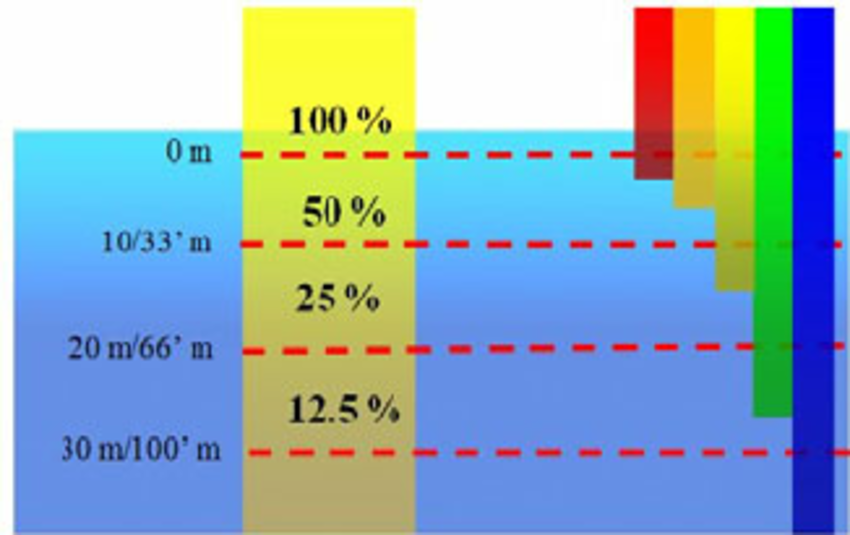Hi all,
After reading up on the results from @Lasse, and information from @Dana Riddle in regards to the importance of far red and infra red spectrums in lighting, I'm going to conduct an experiment.
I have a 300 litre Acropora dominant reef aquarium with 2x Radion XR30 G3 Pros running at 74% intensity with all channels at 100% (approx 12,000 kelvin), and with the XR30 diffusers . Seeing that radions do not have any spectrum above the hyper red (660nm), I am going to add one 60w Tungsten filament heat lamp 80 degree parabolic internal reflector mounted one inch above the radions, and in the centre of the aquarium approximately 285mm (11.2") above the waterline. These lamps emit a lot of far and infra red spectrums, and even above 1000nm. I will document any results, positive or negative on this post, and of course maintain water chemistry as stable as possible.
My hypothesis is that the high intensity LED lighting may be bottleknecking the electron transfer from PSI to PSII and causing damage to it, which retards photosynthesis and thus coral growth. PSI Pigment 700 absorbs the light emitted by the heatlamp (absent in the LED) and will assist in preventing possible bottlenecking to PSII and damage to it. I expect to see a positive influence (increased growth, possibly colour) after 6 months of having the incandescent heat lamp run for 6 hours a day.
I have the heat lamp and housing, I will update with photos very soon. It would be interesting to read what results people have achieved if any similar experiments have been conducted.
Regards,
Callan
After reading up on the results from @Lasse, and information from @Dana Riddle in regards to the importance of far red and infra red spectrums in lighting, I'm going to conduct an experiment.
I have a 300 litre Acropora dominant reef aquarium with 2x Radion XR30 G3 Pros running at 74% intensity with all channels at 100% (approx 12,000 kelvin), and with the XR30 diffusers . Seeing that radions do not have any spectrum above the hyper red (660nm), I am going to add one 60w Tungsten filament heat lamp 80 degree parabolic internal reflector mounted one inch above the radions, and in the centre of the aquarium approximately 285mm (11.2") above the waterline. These lamps emit a lot of far and infra red spectrums, and even above 1000nm. I will document any results, positive or negative on this post, and of course maintain water chemistry as stable as possible.
My hypothesis is that the high intensity LED lighting may be bottleknecking the electron transfer from PSI to PSII and causing damage to it, which retards photosynthesis and thus coral growth. PSI Pigment 700 absorbs the light emitted by the heatlamp (absent in the LED) and will assist in preventing possible bottlenecking to PSII and damage to it. I expect to see a positive influence (increased growth, possibly colour) after 6 months of having the incandescent heat lamp run for 6 hours a day.
I have the heat lamp and housing, I will update with photos very soon. It would be interesting to read what results people have achieved if any similar experiments have been conducted.
Regards,
Callan
Last edited:



















